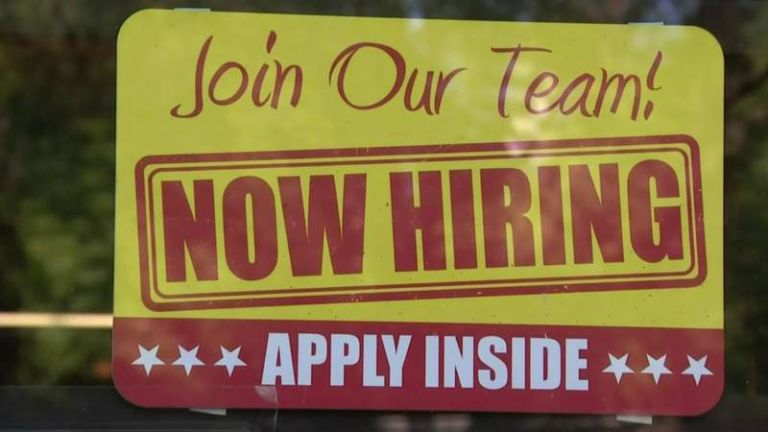Deep within Kevin Williamson‘s latest National Review Online column, which focuses on the best way to boost the prospects of people living in Ferguson, Mo., lies a critique of government efforts like the Workforce Investment Act.
Consider the checkered history of the Workforce Investment Act, signed into law by President Bill Clinton, significantly expanded under President Barack Obama’s stimulus program, and recently reauthorized with broad bipartisan support in Congress. The strategy behind WIA could not be simpler: A. Identify unemployed or underemployed people; B. Make a list of jobs likely to be in high demand in the future; C. Match one of Column A with one of Column B, and spend a few billion dollars a year getting them together through training programs.
This works about as well as you would expect. Employees of the federal government have (almost by definition) no competence when it comes to understanding demand for workers in the private sector, and they have effectively zero ability to determine whether an unemployed construction worker in Louisville has any affinity for working as a cardiovascular technician. The New York Times, in a far-reaching examination of the program, found a man in precisely that position, and the net effect of his experience was $20,000 in school loans training him for a job that never materialized and that probably never will. The Times found much evidence that the program leaves its so-called beneficiaries worse off than when they started; the federal government studiously keeps no records of whether those who sign up for the program ever earn a degree or a professional credential — or whether they find jobs as a result of it. If you don’t keep the data, it cannot be used against you.
But when the government decides to spend $3.1 billion a year on some daft enthusiasm, you can be sure that a bucket brigade will show up to take that money off its hands. In this case, institutions ranging from dodgy for-profit vocational programs to local community colleges have been more than happy to take the money and have done precious little to see that some unemployed person benefits from it. Unsurprisingly, default rates on student loans taken out by people in these programs run very high — meaning that “beneficiaries” can add damaged credit to debt and unemployment on their list of financial woes.
When it comes to making moves in the marketplace — for instance, by trying to connect particular unemployed people with particular job opportunities expected to develop in the future — it is a good general rule that the more specific the plan, the worse it will perform. The federal government knows this — that’s why it does not keep records on whether such programs work.


